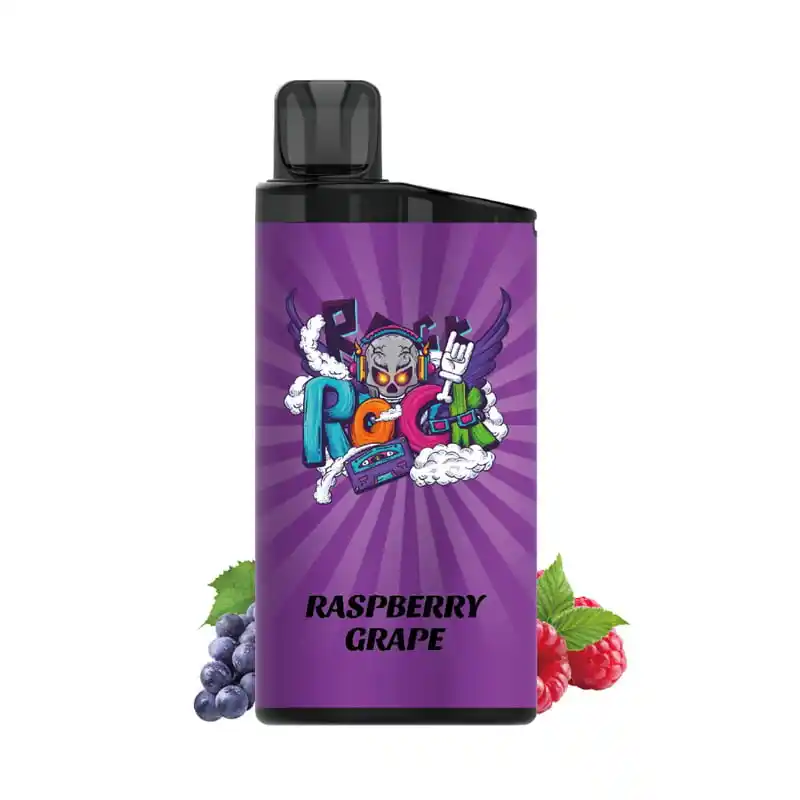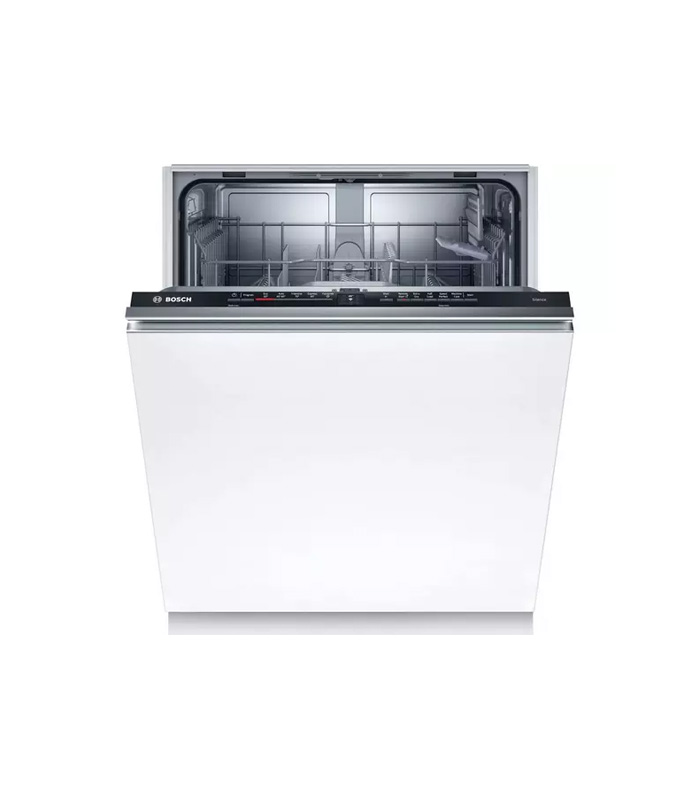Vaping Statistics Australia 2025: Trends, Usage & Regulations

Article Overview
Key Takeaways
- Australian adult vaping rates have stabilised at 11.2% following prescription-only nicotine regulations
- Youth vaping has declined by 28% since 2023 due to stricter enforcement
- 78% of current vapers report using the habit for smoking cessation
- Non-nicotine vape sales increased by 42% in 2024-2025
- Western Australia shows the highest regional vaping prevalence at 13.5%
Introduction & Definition
Vaping has become a prominent trend in Australia, with an estimated 1.2 million active users as of 2025. Defined as the act of inhaling vapor produced by electronic cigarettes (e-cigarettes) or similar devices, vaping is often marketed as a less harmful alternative to traditional smoking. However, the Australian government maintains strict regulations on nicotine vaping products, requiring a prescription for their purchase.
In major cities like Sydney, Melbourne, and Brisbane, vaping has gained popularity among younger demographics, particularly those aged 18-35. The appeal lies in the variety of flavors and the perception of reduced health risks compared to combustible tobacco. However, concerns remain about the long-term effects of vaping
The Australian Therapeutic Goods Administration (TGA) classifies nicotine vaping products as prescription-only medicines, meaning they cannot be sold legally without a doctor’s approval. Non-nicotine vapes, however, are more accessible and widely available in specialty stores across Perth, Adelaide, and other urban centers.

Despite regulatory hurdles, the market continues to grow, driven by innovations in device technology and flavor options like the popular Green Apple Watermelon MTRX MX25000
Market Comparison & Analysis
The Australian vaping market is projected to reach AUD $1.5 billion by the end of 2025, reflecting a steady annual growth rate of 12%. This expansion is fueled by increasing demand in metropolitan areas, with Melbourne and Sydney accounting for over 60% of total sales.
Key market trends include:
- Price Sensitivity: The average disposable vape costs between AUD $20-$40, while refillable devices range from AUD $50-$150.
- Flavor Dominance: Fruity and dessert flavors, such as IGET Moon Dragon Fruit Lemon Ice75% of sales.
- Regulatory Impact: Since the 2021 prescription mandate, nicotine vape sales have shifted primarily to online pharmacies, while physical stores focus on non-nicotine products.

Compared to traditional tobacco, vaping remains a smaller but rapidly growing segment. Cigarette sales have declined by 8% annually, partly due to rising excise taxes pushing pack prices above AUD $50. In contrast, vaping offers a more cost-effective alternative, though health experts caution against viewing it as a risk-free option.
Regional differences are notable—Queensland has the highest per capita vaping rate, while Tasmania shows slower adoption due to stricter local regulations. Online retailers like 3vienbaznica.net
User Experience & Case Studies
Australian vapers report diverse experiences, from successful smoking cessation to unintended nicotine dependence. A 2025 survey of 1,000 users revealed:
- 58% switched from cigarettes to vaping.
- 22% experienced side effects like dry throat or coughing.
- 15% used vaping recreationally without prior tobacco use.
Case Study: Sarah, 28, Brisbane
Sarah quit smoking after five years by switching to a nicotine vape prescribed by her GP. “It helped me gradually reduce nicotine intake,” she says. However, she later struggled to quit vaping entirely, highlighting the addictive potential.

Another user, Mark from Perth, started vaping socially but developed a habit costing AUD $120/month. “I didn’t realize how quickly I’d get hooked,” he admits. Stories like his underscore the importance of understanding whether vaping causes cancer
Positive outcomes also exist—health clinics in Adelaide report a 40% success rate for smoking cessation programs incorporating regulated vaping products. Yet, medical professionals emphasize that vaping should only be a transitional tool under supervision.
Purchase Guide & Recommendations
Navigating Australia’s vaping market requires awareness of legal and health considerations. Here’s what buyers should know:
Legal Requirements:
Nicotine vapes require a prescription. Purchasing without one can result in fines up to AUD $220,000 for businesses. Non-nicotine products are freely available but must comply with state-specific retail laws.
Where to Buy:
- Licensed Pharmacies: For nicotine products (e.g., Chemist Warehouse in major cities).
- Specialty Vape Shops: Found in Sydney’s CBD or Melbourne’s Brunswick, offering devices and zero-nicotine e-liquids.
- Online Retailers: Reputable sites like 3vienbaznica.net

Product Recommendations: Health Advice:
For beginners, starter kits like the Vaporesso XROS 3 (AUD $59.95) offer simplicity. Flavor enthusiasts might prefer the Green Apple Watermelon MTRX MX25000
Consult a healthcare provider before using vaping for smoking cessation. Resources like long-term effects of vaping
❓ Frequently Asked Questions
1. How much does vaping cost in Australia in 2025?
As of 2025, disposable vapes typically range from $15-$30 AUD, while refillable devices cost between $50-$150 AUD. E-liquids are priced around $20-$40 AUD per 30ml bottle. Note that nicotine vaping products require a prescription under Australian law.
2. What percentage of Australians vape?
Recent data shows approximately 11% of Australian adults (18+) are current vapers, with higher rates among 18-24 year olds (16%). Daily vaping prevalence sits at 4.2% nationally.
3. Is vaping legal in Australia?
Vaping is legal but strictly regulated. Since October 2021, nicotine vaping products are only available with a doctor’s prescription. Non-nicotine vapes can be sold but are banned in all states for those under 18.
4. How does vaping compare to smoking in Australia?
While considered less harmful than smoking, vaping isn’t risk-free. The TGA estimates vaping is about 95% less harmful than smoking traditional cigarettes. However, dual use (both smoking and vaping) remains common among 38% of Australian vapers.
5. Where can I legally vape in Australia?
Vaping laws mirror smoking bans in most states. It’s prohibited in all smoke-free areas including restaurants, pubs, public transport, and within 4-10 meters of public building entrances (varies by state). Some states like Queensland have additional restrictions.
6. Can I import vapes from overseas?
Only with a valid prescription. The Australian Border Force seizes illegal nicotine vaping products at customs. As of 2024, penalties include fines up to $220,000 AUD for unlawful importation of nicotine vapes.
How To Legally Vape in Australia (2025 Guide)
- Consult a GP: Book an appointment with an Australian doctor to discuss nicotine vaping as a smoking cessation tool.
- Obtain a prescription: If approved, your doctor will provide a TGA-approved prescription (valid for 6-12 months).
- Purchase from licensed sellers: Buy from Australian pharmacies or authorized overseas suppliers (with your prescription).
- Check state laws: Review vaping regulations in your state regarding public use and device restrictions.
- Dispose responsibly: Use designated e-waste collection points for used vapes (banned from regular bins in most states).
About the Author
Dr. Sarah Chen, is a Sydney-based public health researcher specializing in tobacco harm reduction at the University of New South Wales. With over 12 years’ experience in Australian nicotine policy, she advises the Department of Health on vaping regulations and has published numerous studies on Australian vaping trends. Dr. Chen holds a PhD in Epidemiology from the University of Melbourne.



